very interesting article on Dr. Thomas Henry Moray and crystals
Endless Light - Dr. Thomas Henry Moray
good to know for the crystal battery builders

Endless Light - Dr. Thomas Henry Moray
Since the crystal was the key to better radio reception, experimenters were searching the mineral kingdom for new and more sensitive detector crystals. Early radio magazines taught the eager hobbyist how to mount special radiosensitive mineral crystals. There were several favorites of which radio hobbyists were very fond. A brilliantly reflective metallic crystal having a silvery blue cast, Galena was the mineral of choice. Pyrite, otherwise known as "fool's gold", is a close second to Galena. As a radio detector, Pyrite gives a good signal strength in the headphones. Some preferred Molybdenite, a mineral that is especially sensitive to infrared energy as well as radiosignals. Radio amateurs were always trying new mineral crystals to see which ones amplified radio stations with greater strength and clarity. Each had their favorite crystals. Little did the radio enthusiasts know why there was mystery in this quest for "radiant crystals"!
Advancing the science of crystal radio detection, certain researchers discovered that contact-combinations of minerals gave stronger signal amplifications. When carborundum and silicon crystal nuggets were pressed together with little springs in a metal tube, the signal strength was enormous. Small battery voltages turned these mineral detectors into amplifiers, early transistor-like detectors. Bi-mineral and bi-metallic hybrids were tried with good results. Mineral-metal, mineral-mineral, even multiple minerals in contact with two different metals produced enormous magnifications of signal strength.
Some detectors incorporated carnotite, a radioactive mineral. This greatly increased conductivity with a resultant enormous signal magnification. Coating aerial points and catwhiskers with autonite, another mild radioactive mineral, produced amplified signals. There were small companies, which manufactured synthetic minerals ("Radiocite" and "Russonite"). These claimed superiority in the signal-boosting ability. There were scores of other sensitive minerals, which gradually appeared in the journals, some natural and rare, and some synthetic compositions.
Some detectors incorporated carnotite, a radioactive mineral. This greatly increased conductivity with a resultant enormous signal magnification. Coating aerial points and catwhiskers with autonite, another mild radioactive mineral, produced amplified signals. There were small companies, which manufactured synthetic minerals ("Radiocite" and "Russonite"). These claimed superiority in the signal-boosting ability. There were scores of other sensitive minerals, which gradually appeared in the journals, some natural and rare, and some synthetic compositions.
good to know for the crystal battery builders







 to Deepcut.
to Deepcut.


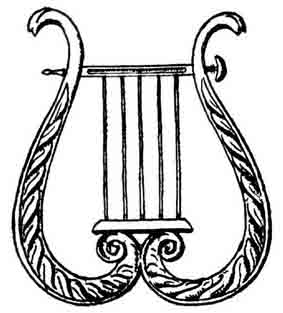




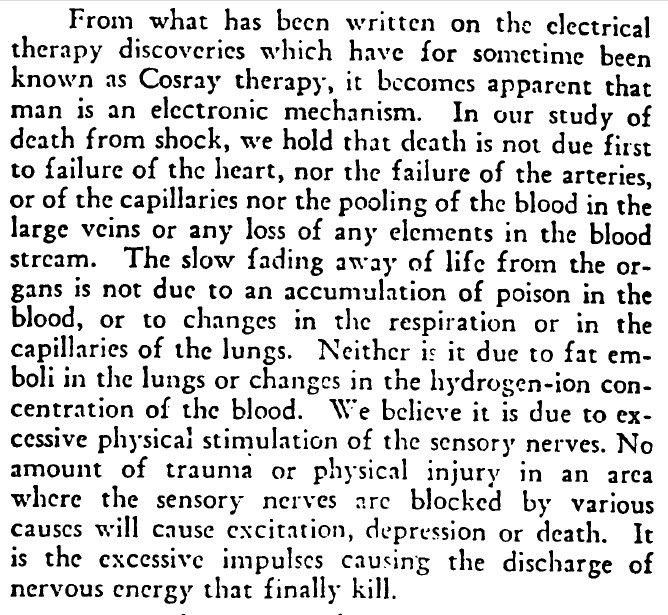


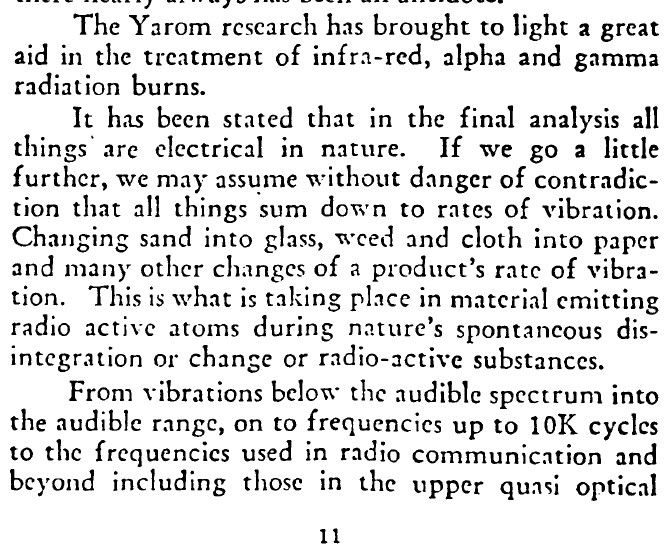


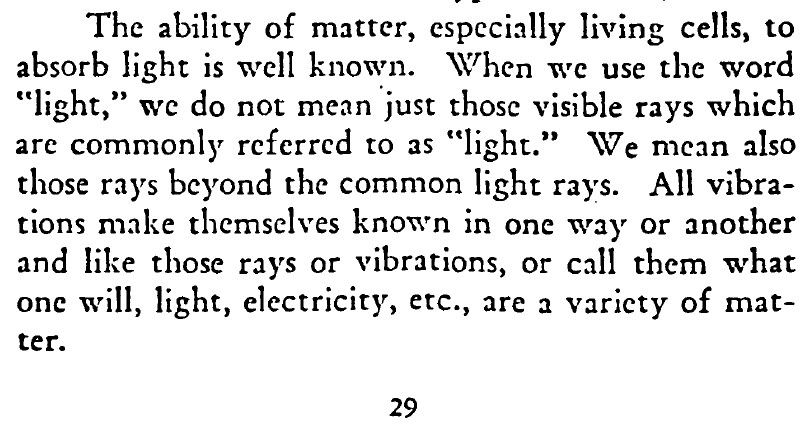





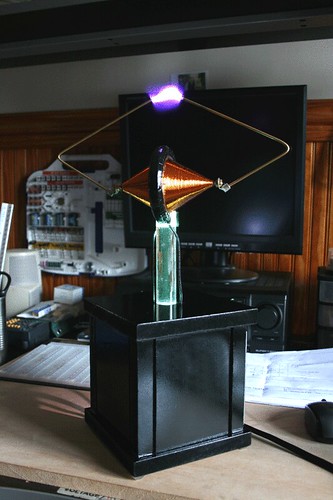


Comment